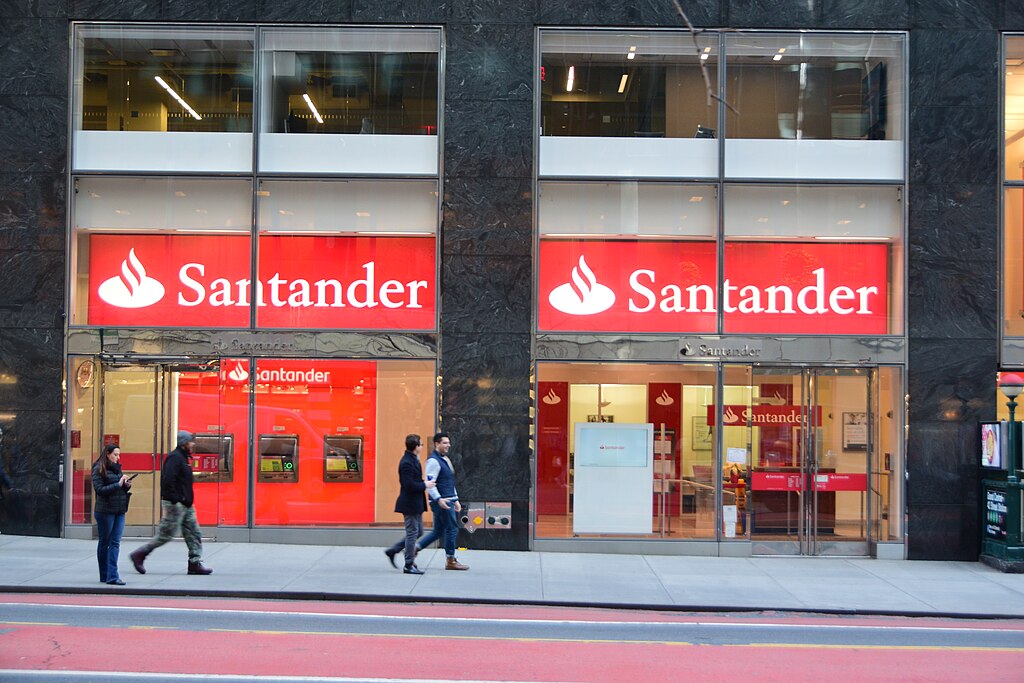In a move that crystallises the changing face of European finance, Openbank – the fully digital arm of Banco Santander – has entered the cryptocurrency arena. The platform now allows Spanish customers to buy, sell, and hold digital assets including Bitcoin, Ether, Litecoin, Polygon, and Cardano, all from within its existing app and online interface.
The launch comes at a time when traditional banking is being forced to coexist with decentralised finance rather than simply compete against it. Spain’s adoption of the EU’s Markets in Crypto-Assets (MiCA) framework has given institutions like Santander a clear regulatory runway – one that transforms crypto from a speculative outlier into an investable class within mainstream finance. Openbank’s service, charging 1.49% per trade and no custody fees, sits at that intersection: accessible enough for retail clients, compliant enough for regulators, and ambitious enough to position Santander at the forefront of digital adoption.
What distinguishes this initiative is not the addition of crypto, but the recalibration of banking identity it represents. By integrating tokens directly into its infrastructure, Santander is conceding that financial value is no longer confined to fiat and bonds but extends into algorithmic assets shaped by community consensus and code. This shift, subtle yet seismic, acknowledges that the next generation of clients expects both security and sovereignty – a blend of bank-grade trust and blockchain fluidity.
Openbank’s move becomes a marker of strategic adaptation. The legacy question of “whether to engage” has evolved into “how to integrate.” The success of this transition will depend on balance – between compliance and innovation, stability and agility. If executed with clarity, Santander’s pivot could redefine the contours of digital banking in Europe: less about protectionism, more about participation in the future it once viewed at arm’s length.


